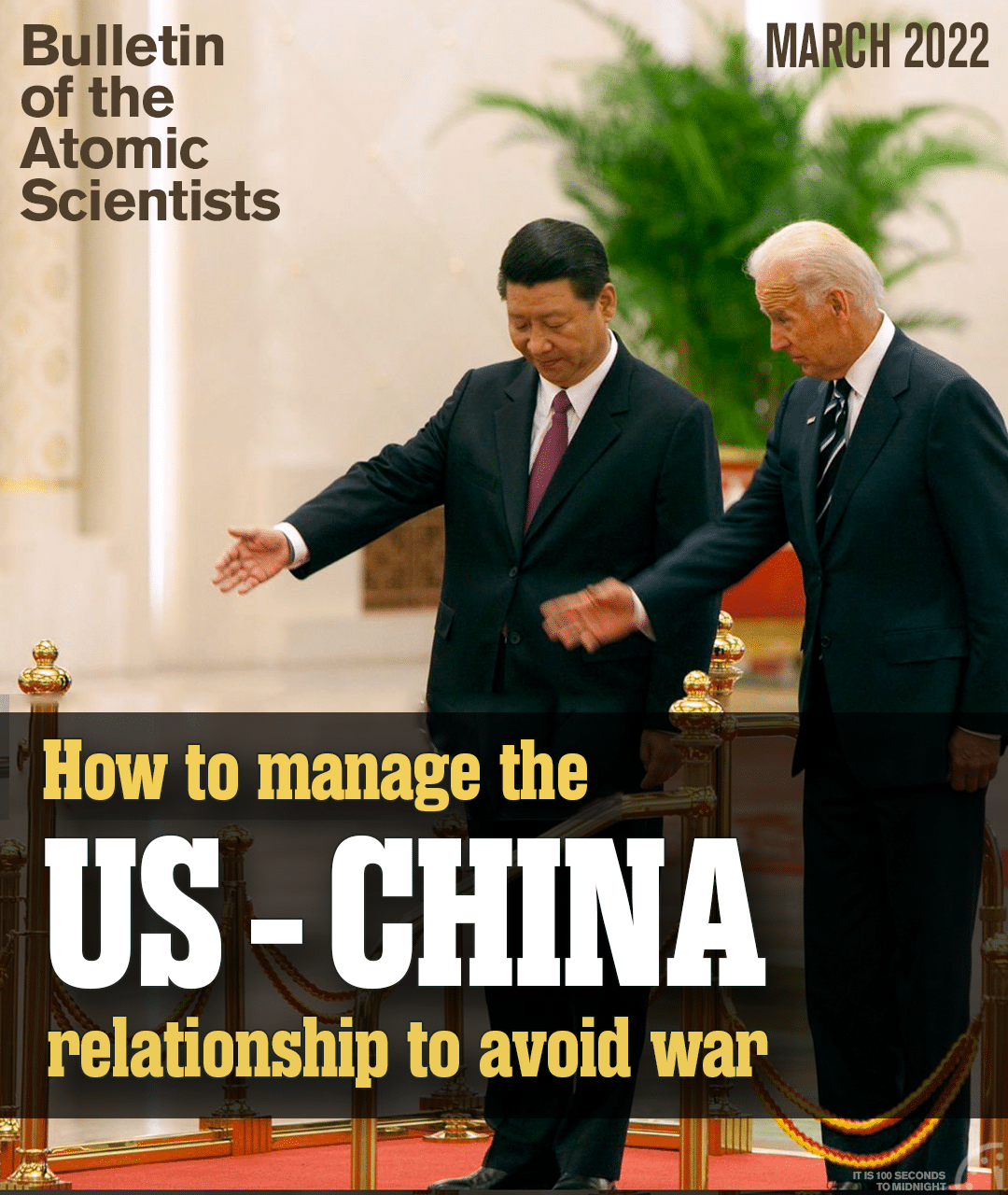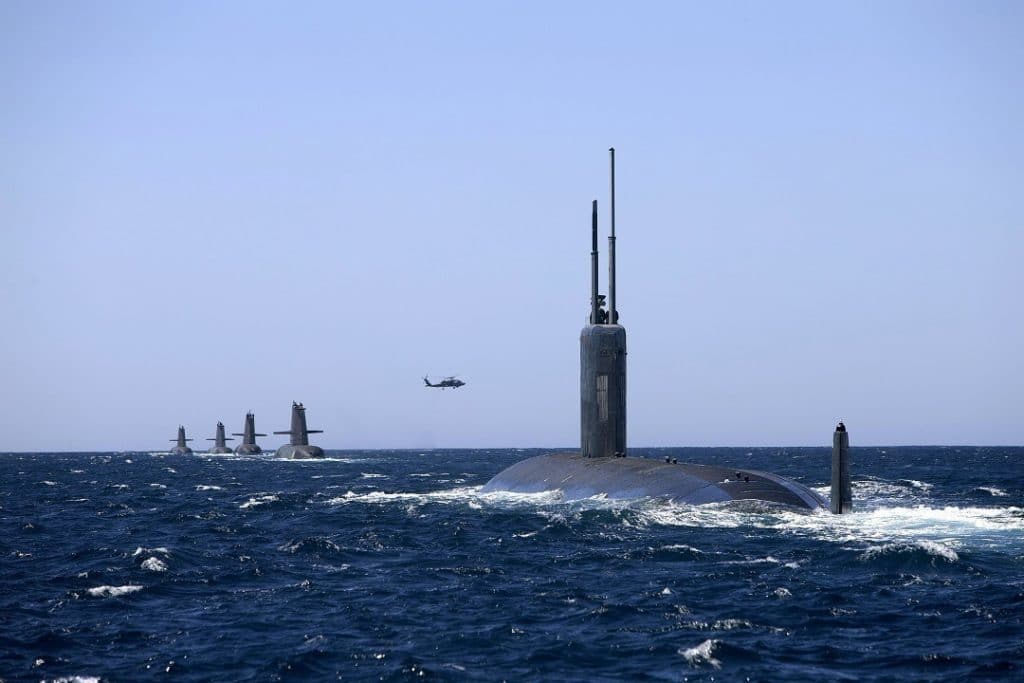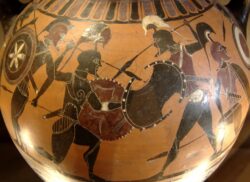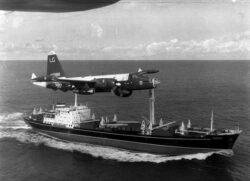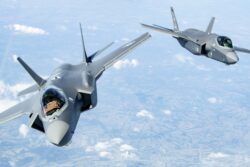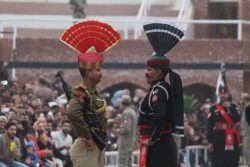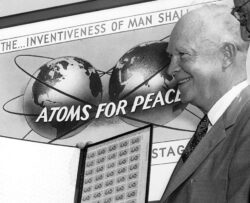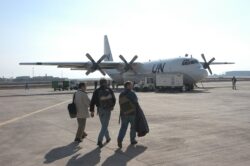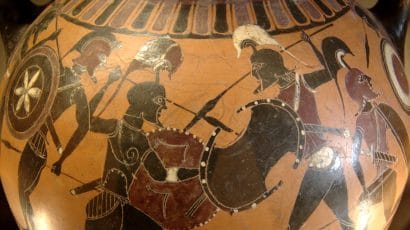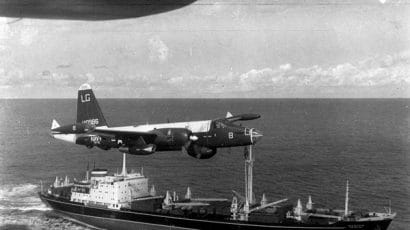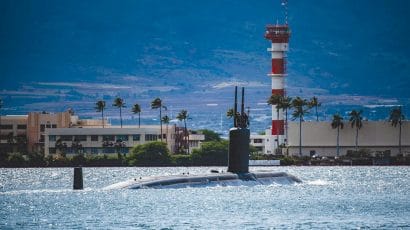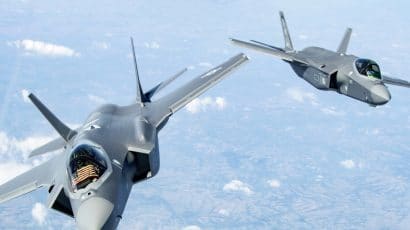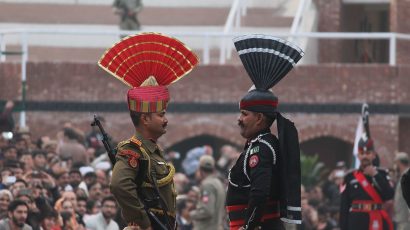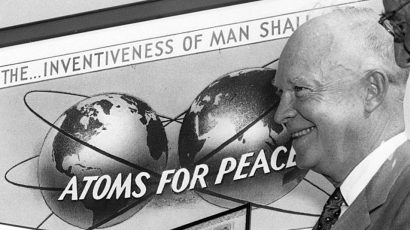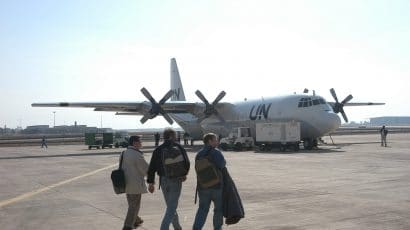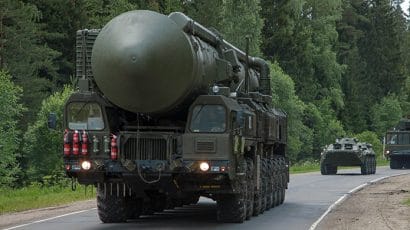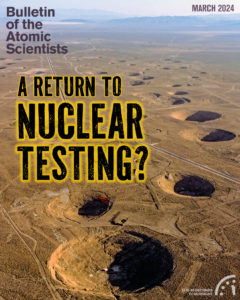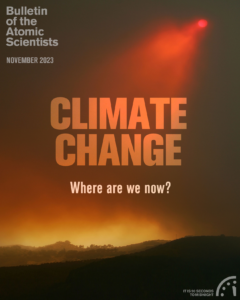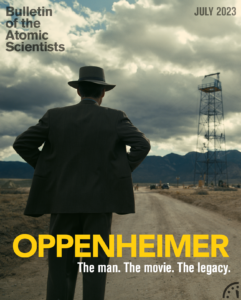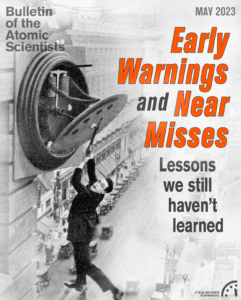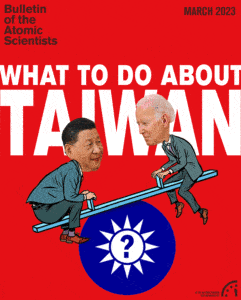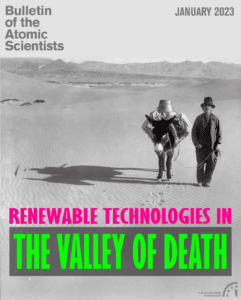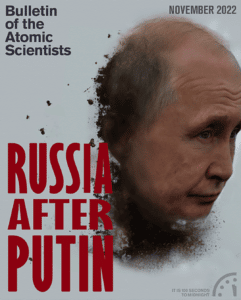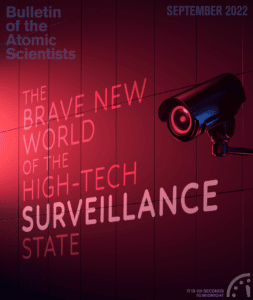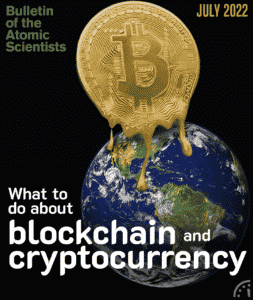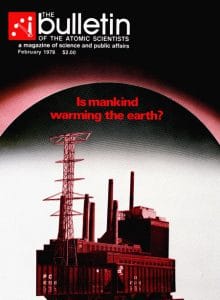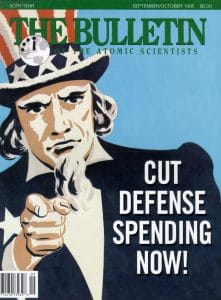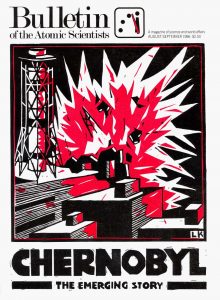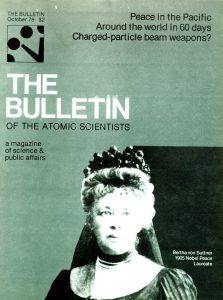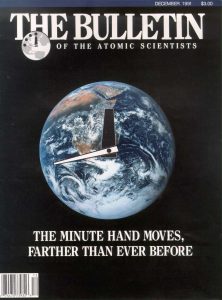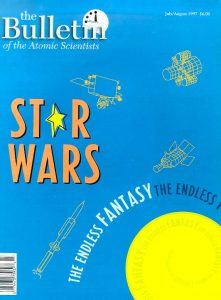DIGITAL MAGAZINE
March 2022
DIGITAL MAGAZINE
March 2022
Between Nixon’s visit 50 years ago and now, China has undergone an extraordinary economic transformation, becoming either the second-largest or largest economy in the world. Along the way, Chinese relations with the United States and the rest of the world have become more complex, entwining almost all dimensions of soft, military, and economic power.
Introduction: Can the United States and China co-exist in the 21st century? Will they?
Between Nixon’s visit 50 years ago and now, China has undergone an extraordinary economic transformation, becoming either the second-largest or largest economy in the world. Along the way, Chinese relations with the United States and the rest of the world have become more complex, entwining almost all dimensions of soft, military, and economic power.
Interview with Graham Allison: Are the United States and China charging into Thucydides’s trap?
In his classic History of the Peloponnesian War, Greek historian Thucydides wrote: “It was the rise of Athens and the fear that this instilled in Sparta that made war inevitable.” In his critically acclaimed 2017 book, Destined for War: Can America and China Escape Thucydides’s Trap?, eminent international security analyst Graham Allison explored this phenomenon today when, as in ancient Greece, a rising power threatens to displace a ruling one.
China and the United States: It’s a Cold War, but don’t panic
In November 2019, Henry Kissinger warned that the United States and China were in “the foothills of a Cold War” that could end in a conflict worse than World War I. Two years, one pandemic, and a change of American administrations later, the relationship is above the foothills and nearing the summit. Cold War framing now seems inevitable. It has, at least, the virtue of focusing the world’s attention.
One if by invasion, two if by coercion: US military capacity to protect Taiwan from China
A conflict between Taiwan and China might involve a full-scale invasion, or a more limited coercion campaign in which China seeks to cause Taiwan enough pain to cause it to change its behavior. If the US chooses to intervene on Taiwan’s behalf, it can likely prevent China from invading Taiwan but might not be able to prevent Taiwan from being coerced.
Sure, deter China—but manage risk with North Korea, too
The US is reassessing its military posture in the Indo-Pacific, largely with deterrence of China in mind. At the same time, US planners and decision-makers must contemplate possible unintended consequences of these changes with regards to a new nuclear power: Pyongyang.
Global and regional confrontation in South and Southeast Asia
The US remains the single most powerful country and will remain so for some time. Russia is roughly equal only in respect to its nuclear arsenal. China will soon become the world leader in terms of total economic output—but its per capita income level will not soon approximate Western developed countries. So, where do India and Pakistan fit in?
Exchanging atoms for influence: Competition in Southeast Asia’s nuclear market
To satisfy the potential Southeast Asian nuclear market, China, Russia, South Korea, and Japan are stepping in. Given the enormous strategic as well as economic benefits that nuclear exports offer, countries that make forays into the region will likely wield significant influence in the region for years to come.
Trust but verify: How to get there by using next-generation nuclear verification and warhead dismantlement techniques
The next generation of arms control agreements may require new verification tools to achieve ambitious objectives, such as including all nuclear weapons—deployed or non-deployed, strategic or non-strategic—and nuclear warhead dismantlement. Physics can play a key role.
Nuclear Notebook: How many nuclear weapons does Russia have in 2022?
This Nuclear Notebook examines Russia’s nuclear arsenal, which includes a stockpile of approximately 4,477 warheads. Of these, about 1,588 strategic warheads are deployed on ballistic missiles and at heavy bomber bases, while an approximate additional 977 strategic warheads, along with 1,912 nonstrategic warheads, are held in reserve. The Russian arsenal is continuing a comprehensive modernization program intended to replace most Soviet-era weapons by the mid- to late 2020s.
As of February 23rd, 2022, some of the Russian delivery vehicles that are currently deployed near Ukraine are considered to be dual-capable, meaning that they can be used to launch either conventional or nuclear weapons; however, at the time of publication, we have not seen any indication that Russia has deployed nuclear weapons or nuclear custodial units along with those delivery vehicles.
Interview with Graham Allison: Are the United States and China charging into Thucydides’s trap?
In his classic History of the Peloponnesian War, Greek historian Thucydides wrote: “It was the rise of Athens and the fear that this instilled in Sparta that made war inevitable.” In his critically acclaimed 2017 book, Destined for War: Can America and China Escape Thucydides’s Trap?, eminent international security analyst Graham Allison explored this phenomenon today when, as in ancient Greece, a rising power threatens to displace a ruling one.
China and the United States: It’s a Cold War, but don’t panic
In November 2019, Henry Kissinger warned that the United States and China were in “the foothills of a Cold War” that could end in a conflict worse than World War I. Two years, one pandemic, and a change of American administrations later, the relationship is above the foothills and nearing the summit. Cold War framing now seems inevitable. It has, at least, the virtue of focusing the world’s attention.
One if by invasion, two if by coercion: US military capacity to protect Taiwan from China
A conflict between Taiwan and China might involve a full-scale invasion, or a more limited coercion campaign in which China seeks to cause Taiwan enough pain to cause it to change its behavior. If the US chooses to intervene on Taiwan’s behalf, it can likely prevent China from invading Taiwan but might not be able to prevent Taiwan from being coerced.
Sure, deter China—but manage risk with North Korea, too
The US is reassessing its military posture in the Indo-Pacific, largely with deterrence of China in mind. At the same time, US planners and decision-makers must contemplate possible unintended consequences of these changes with regards to a new nuclear power: Pyongyang.
Global and regional confrontation in South and Southeast Asia
The US remains the single most powerful country and will remain so for some time. Russia is roughly equal only in respect to its nuclear arsenal. China will soon become the world leader in terms of total economic output—but its per capita income level will not soon approximate Western developed countries. So, where do India and Pakistan fit in?
Exchanging atoms for influence: Competition in Southeast Asia’s nuclear market
To satisfy the potential Southeast Asian nuclear market, China, Russia, South Korea, and Japan are stepping in. Given the enormous strategic as well as economic benefits that nuclear exports offer, countries that make forays into the region will likely wield significant influence in the region for years to come.
Trust but verify: How to get there by using next-generation nuclear verification and warhead dismantlement techniques
The next generation of arms control agreements may require new verification tools to achieve ambitious objectives, such as including all nuclear weapons—deployed or non-deployed, strategic or non-strategic—and nuclear warhead dismantlement. Physics can play a key role.
Nuclear Notebook: How many nuclear weapons does Russia have in 2022?
This Nuclear Notebook examines Russia’s nuclear arsenal, which includes a stockpile of approximately 4,477 warheads. Of these, about 1,588 strategic warheads are deployed on ballistic missiles and at heavy bomber bases, while an approximate additional 977 strategic warheads, along with 1,912 nonstrategic warheads, are held in reserve. The Russian arsenal is continuing a comprehensive modernization program intended to replace most Soviet-era weapons by the mid- to late 2020s.
As of February 23rd, 2022, some of the Russian delivery vehicles that are currently deployed near Ukraine are considered to be dual-capable, meaning that they can be used to launch either conventional or nuclear weapons; however, at the time of publication, we have not seen any indication that Russia has deployed nuclear weapons or nuclear custodial units along with those delivery vehicles.
Subscribe now
We've relaunched the Bulletin's award-winning digital magazine. Get premium access for less than $5 a month.
Magazine archive
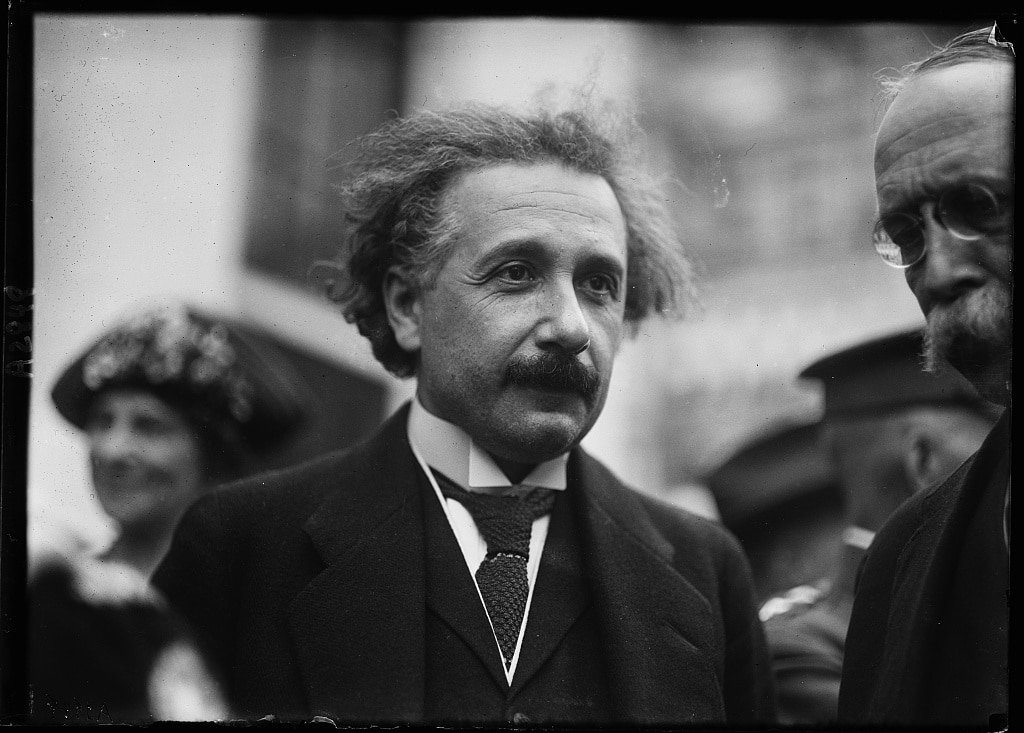
Premium subscribers can read the complete Bulletin of the Atomic Scientists’ archive, which contains every article published since our founding in 1945.
This archive was created in honor of John A. Simpson, one of the Bulletin’s principal founders and a longtime member of its Board of Sponsors. This searchable archive provides exclusive online access to original interviews and commentary by luminaries like Albert Einstein, J. Robert Oppenheimer, Ruth Adams, John F. Kennedy, Stephen Hawking, Christine Todd Whitman, US Secretary of Defense William J. Perry, and multiple Nobel laureates.
